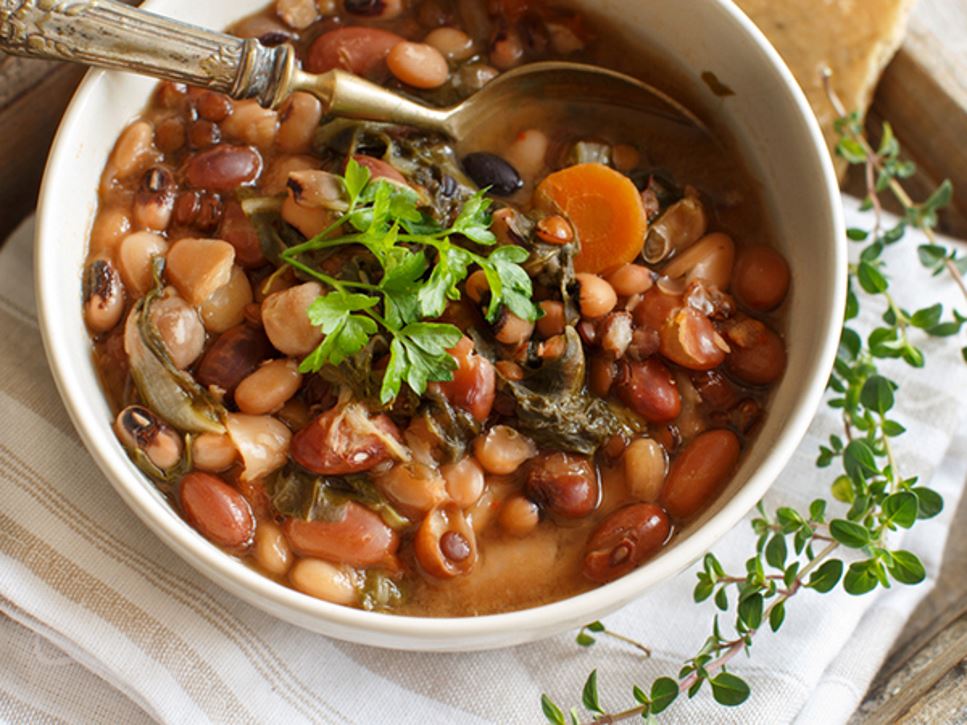Whether you’re new to following a vegetarian diet or have been following one for years, there are plenty of foods you may encounter that may be unfamiliar to you. Below is a glossary of terms that can be helpful to know.
Casein: A milk protein that’s sometimes found in non-dairy products such as soymilk, soy cheese and non-dairy creamer. If you follow a vegan eating pattern this is an ingredient to watch out for.
Legumes: The vegetable family that includes beans, lentils, peas and peanuts, all of which provide plant-based protein.
Nutritional yeast: A type of deactivated yeast that’s used as a condiment or added to recipes to provide a cheese-like flavor. Nutritional yeast does not leaven food.
Rennet: Used to make a variety of cheeses, rennet is an enzyme that is traditionally taken from the stomach of calves. However, vegetarian versions of the enzyme also are in use. Check the label before purchasing.
Seitan: A vegetarian replacement for meat, made from vital wheat gluten, the main protein from wheat.
Soybean: Soybeans are used to make a number of vegetarian and vegan substitutions for meat, dairy and eggs.
Non-dairy cheese: A cheese-like product made from soybeans, other legumes or nuts. Non-dairy cheeses come in most of the same varieties as dairy cheeses, such as parmesan, mozzarella and cheddar. Keep in mind, lactose-free cheese is not the same non-dairy cheese.
Plant-based milk: Typically used as a substitute for dairy milk, plant-based milks may be made from soybeans, nuts, seeds, grains or coconut. Plant-based milks are often fortified with nutrients such as calcium, vitamin D and vitamin B12, but the protein content of these milks vary. Soy milk is the only non-dairy milk considered nutritionally similar to dairy milk.
Tempeh: A replacement for meat, made from fermented soybeans and pressed into a dense patty. Must be cooked before eating.
Textured vegetable protein: Derived from soy flour, TVP commonly is used in vegetarian restaurants as a substitute for ground beef.
Tofu: Tofu is made from curdled soy milk and pressed into blocks. It may be eating plain or seasoned, cold or cooked. Due to its protein content, it’s often used as a replacement for meat and eggs.
Tofu is available in a variety of textures which are suited to different uses:
- Extra-firm tofu: roasting, grilling or marinating
- Firm tofu: stir-frying, boiling or to use as filling
- Soft tofu: pureeing
- Silken tofu: pureeing, simmering, egg substitution, used in vegan desserts and smoothies
Information provided by Vegetarian Nutrition, a dietetic practice group of the Academy of Nutrition and Dietetics.
References
Find a Nutrition Expert
Looking for credible nutrition information and recommendations? The Academy of Nutrition and Dietetics' network of credentialed food and nutrition practitioners are ready to help!

